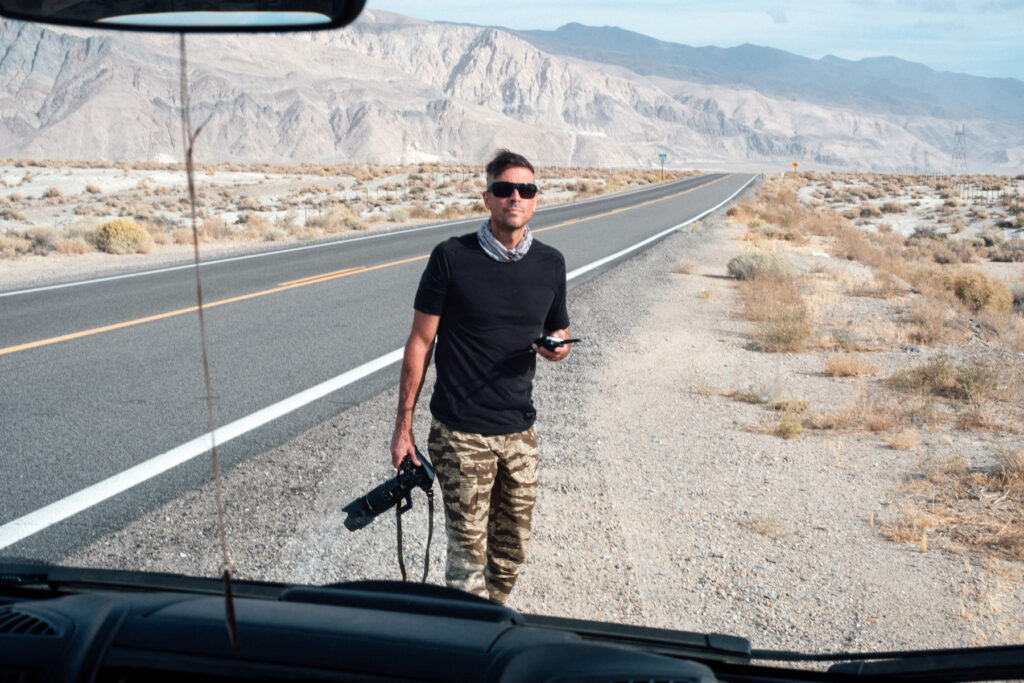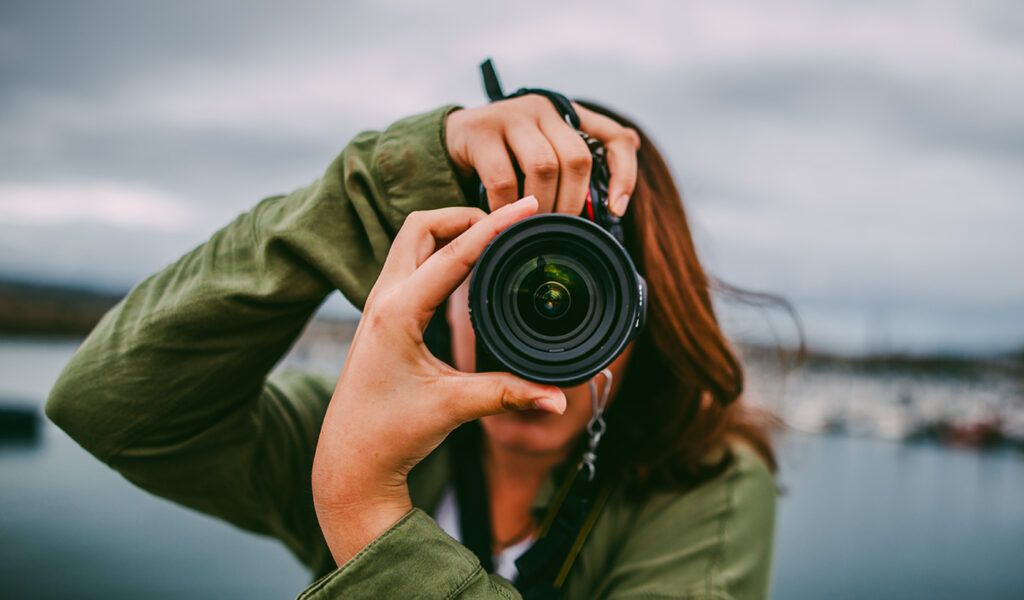11 photography mistakes and how to overcome them
A few simple tips can go a long way toward improving your photography skills. This is photographer Dan Milnor’s advice for avoiding common pitfalls behind the lens.
Those of us who roam the Earth with a camera in hand are often rewarded with a small number of successful images surrounded by legions of less-than-epic captures. This is the nature of photography, and there really isn’t much we can do about it other than attempt to learn from our mistakes, stack the creative deck in our favor, and keep trying.
What makes a great photograph is rather subjective. Does an image invoke an emotional experience? Does an image educate? Or is it simply a combination of color or shades of gray that make you pay attention? Bad photographs, on the other hand, often come with basic errors, things that can be corrected or compensated for. Making common photography mistakes is part and parcel of being a photographer, but knowing what those mistakes actually are and doing our best to avoid them should remain a top goal. Let’s investigate several of the most common photography mistakes and what you can do to avoid them.
1. Overshooting
With analog photography, photographers are limited to a thirty-six-exposure roll of film but with digital photography, the number of captures we can acquire is virtually endless. For beginning digital photographers, this might seem like a good thing, but editing through thousands of images isn’t easy and can often make choosing the right photographs seem next to impossible. Shoot enough to capture the moment, then move on.

2. Thinking a great camera is enough
It’s not about the camera. Great photographs are about light, timing, and composition, and not about megapixels, fast apertures, or the latest and greatest tech. The best camera is the one you don’t have to think about. Find what works and stick with it.
3. Centering everything
Putting a subject dead center in the middle of the image can often limit your composition, making an image feel one-dimensional and overtly basic. This is one photography mistake that is easy to avoid. Learn the basic photography tips for the rule of thirds, to begin to see how to effectively move that prime subject closer to the edges of the frame.
4. Cutting things off at the edge of the frame
Key compositional elements should remain inside the frame. Awkward cropping where key elements are only partially shown can make an image feel half-made or incomplete. Using a wider lens or taking a step back to ensure you capture all the key elements is essential.
5. Shifting attention from the main focus
Think about the idea of establishing clarity within the clutter. The world is imperfect, so photography is often about visual subtraction: framing and capturing your primary subject without taking attention away by including too many additional elements. Think less is more.

6. Not looking behind your subject
A cluttered background can distract from your primary subject matter. Competing elements inside an image increase the complexity and can cause a viewer to look away. To avoid this photography mistake, right before you press the shutter button, allow your eyes to scan the edges of the frame and the background of your subject, looking for distracting items or bright spots.
7. Capturing too common a viewpoint
Images made from standard viewpoints can often seem less than inspiring. And in a world filled with billions of images, we often don’t get a second chance, so try to utilize nonstandard viewpoints. Get high, get low, shoot through things, and look for unique vantage points.
8. Getting a great camera and never learning how to use it
A great camera is, well, great, but only if you take the time to learn how to use it. This photography mistake can be easily remedied with a little education. If you are standing in the field still learning functions and menus, the odds you will make great images are very low. So, learn how the camera works, do some testing, and practice so that when the time comes to make pictures, the camera function is second nature.

9. Not checking your settings
At first, camera settings can seem complex and confusing. However, after determining the kind of photographs we actually want to make, we learn that our settings are often the same from scene to scene. So, learn those settings, check those settings, and then just focus on the actual photography. Set it and forget it.
10. Forgetting to shoot verticals
Yes, you can and should turn that camera to the side and shoot vertical images. Humans are vertical, waterfalls are vertical, as are numerous other things. Adding verticals to your photography is essential and can also help when it comes to something like making photography books. Let the subject and composition dictate your aspect ratio.
11. Not asking for help
Don’t make this photography mistake, just ask. Regardless of skill level, all photographers need help from time to time, and there is absolutely no shame in asking for help. Ask for it, own it, factor it in, and move on. And remember, someday someone might ask you for assistance.
Hit the blog for more photography tips and project ideas.


This post doesn't have any comment. Be the first one!